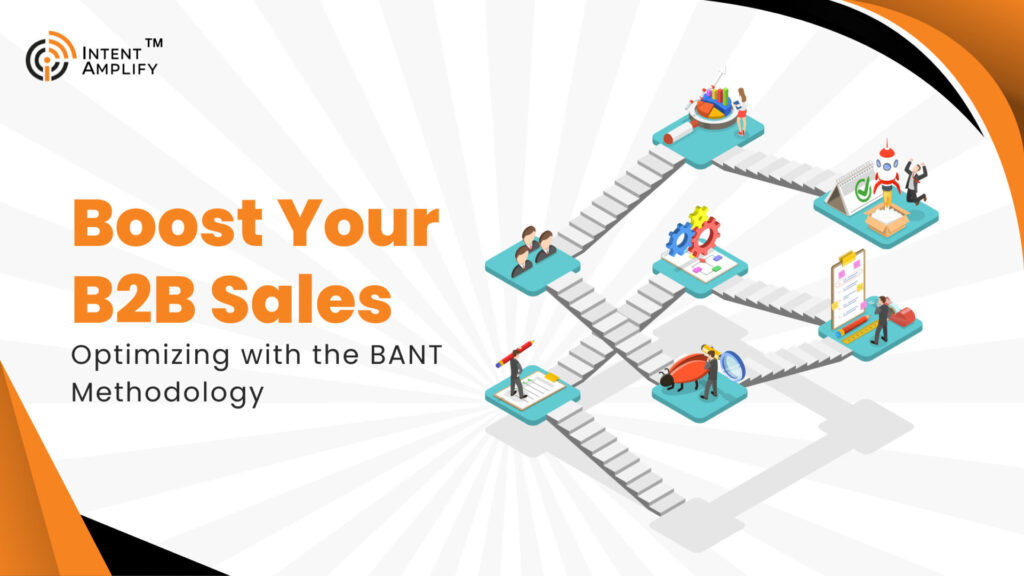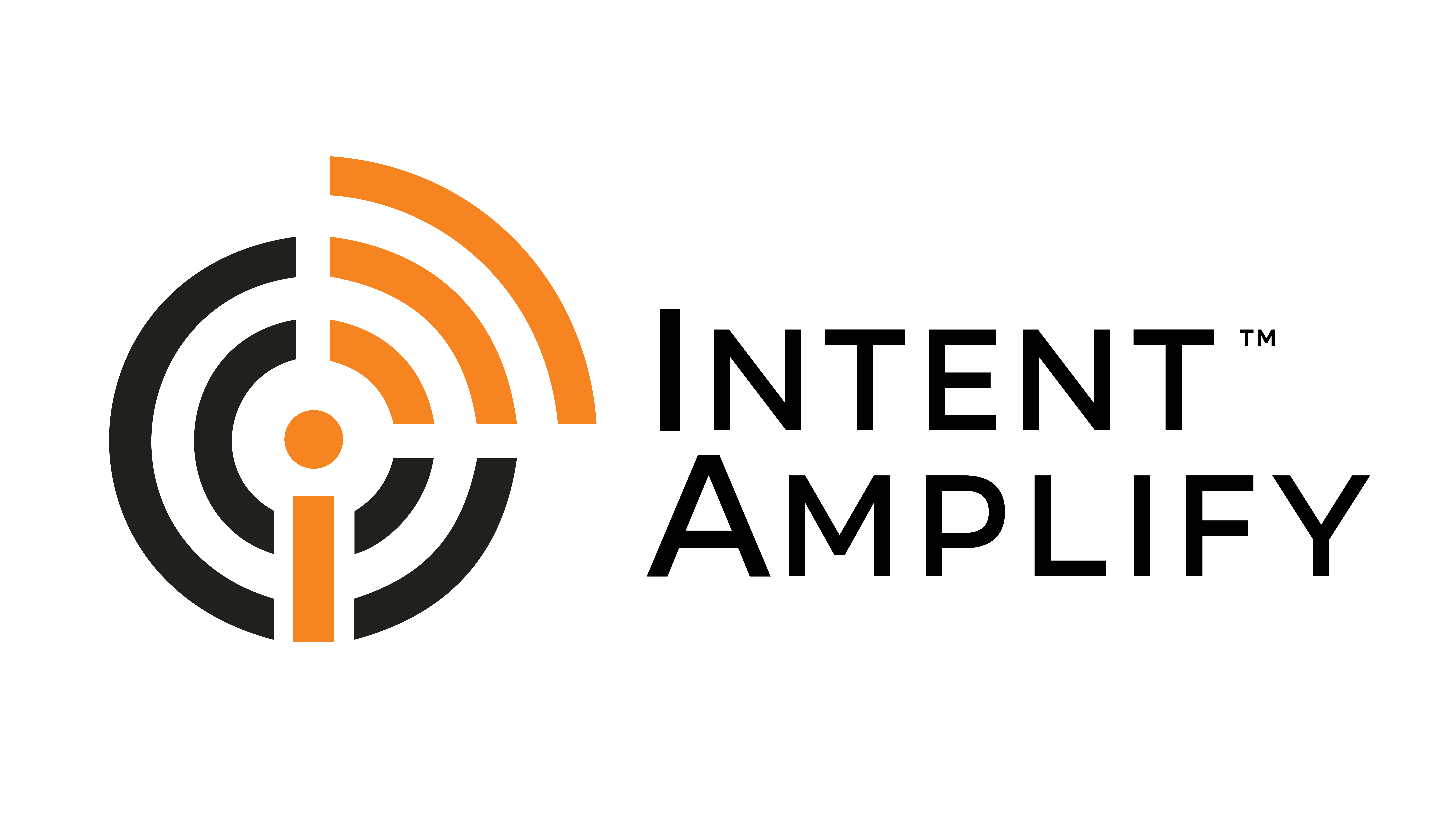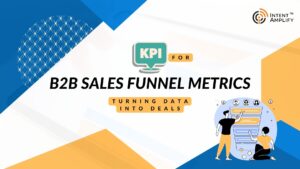
Boost Your B2B Sales: Optimizing with the BANT Methodology
Sales-Qualified Lead (SQL) is a term, marketers commonly refer to when talking about a potential customer who has undergone a stage 1 evaluation and scrutiny, initially by the marketing department and later on by the sales team within an organization. This lead is determined to be prepared for advancement to the next phase of the sales process. This process is referred to as the sales qualification process.
A wonderfully time-saving and efficient process, without a proper sales-qualification methodology in place, your sales team would be hitting blind spots and spending most of their time talking to leads that won’t ever convert! That brings us to BANT, one way you can optimize B2B sales is with BANT methodology.
BANT – a lead-qualification framework – is one proven way to help sales teams assess whether a lead is a good fit for their business. The budget, authority, need, and timeline (acronym for BANT) framework has been in use for around 70 years in the B2B sales qualification process. It’s a fairly simple yet effective checklist to use for optimizing B2B sales.
Did you know? BANT is attributed to a team of IBM sales leaders who needed a solution to help salespeople save time because enterprise software deals often took multiple years to close.
BANT typically thrives on the following kinds of questions:
Budget. Is the prospect capable of buying?
Authority. Does your contact have adequate authority to sign off on a purchase?
Need. Does the prospect have a business pain you can solve?
Timeline. When is the prospect planning to buy?
It has been a time-tested method to optimize B2B sales with BANT methodology and has successfully guided the sales reps to qualify leads during the discovery call. Much time is saved by simply filtering out the prospect through BANT criteria and improving your ratio of conversion.
How to Optimize B2B Sales with the BANT Methodology
B2B sales is a cutthroat field and maximizing your return on investment and closing more deals is paramount. While the BANT methodology has been a reliable framework for lead qualification for decades, optimizing its application is key to achieving maximum effectiveness in today’s dynamic market.
Here’s how you can optimize B2B sales with the BANT methodology:
1. Delve Deeper Than Budget:
- Move beyond dollar amounts: While budget was crucial in the past, subscription models often make it less of a blocker. Focus on understanding the prospect’s expected ROI to determine if your pricing aligns with their needs.
- Prioritize value over price: Instead of focusing solely on budget, demonstrate the value your solution can deliver to their business, justifying the investment.
2. Assess Problem Importance:
- Go beyond surface needs: While a prospect may express a need, ensure it’s a genuine priority for their team and leadership.
- Identify competing initiatives: Understand the organization’s broader goals and ensure your solution aligns with their current focus.
- Uncover hidden needs: Actively listen and ask probing questions to discover deeper pain points and potential opportunities.
3. Identify All Stakeholders:
- Map the decision-making landscape: Modern B2B decisions involve multiple stakeholders. Identify everyone involved, including their roles, priorities, and accessibility.
- Expand your reach: Don’t limit yourself to the primary contact. Building relationships with other stakeholders increases your influence and reduces the risk of losing the deal.
4. Stay Informed, Stay Ahead:
- Go beyond scheduled meetings: Follow the prospect’s social media, subscribe to their newsletter, and attend relevant events.
- Gather intel proactively: Stay informed about their latest developments, challenges, and potential new needs.
- Uncover additional stakeholders: You may discover hidden influencers who play a vital role in the decision-making process.
5. Chart a Clear Timeline:
- Determine decision-making timeframe: Knowing the urgency of the need helps you plan your approach and tailor your sales cycle accordingly.
- Anticipate delays and roadblocks: By understanding the decision-making process, you can proactively address potential hurdles that may arise.
- Set realistic expectations: Communicate a clear timeline for moving forward and manage expectations for both parties.
6. Leverage Technology for Efficiency:
- Utilize CRM tools: Employ software solutions to manage your pipeline, track progress, and automate tasks.
- Centralize communication: Utilize a single platform for all interactions with the prospect, ensuring consistency and transparency.
- Gain valuable insights: Analyze data to identify trends, predict outcomes, and optimize your sales strategy.
By implementing these strategies you can effectively optimize B2B sales using the BANT methodology and gain a deeper understanding of your prospects, tailor your approach, and ultimately achieve greater success in B2B sales. The key lies in continuously adapting and refining your methods to stay ahead of the curve in the ever-evolving B2B landscape.
How to Implement BANT framework to optimise B2B sales calls?
Utilizing the BANT framework in a B2B sales call involves a strategic approach. Here’s an in-depth guide on incorporating BANT into your sales qualification process and further optimizing B2B sales with BANT methodology.
1. Comprehend Prospects’ Expected ROI: Gain insight into your prospect’s Return on Investment (ROI) requirements to assess their suitability for your product or service.
2. Identify Stakeholders’ Roles and Priorities: Determine key decision-makers in the purchasing process and understand their priorities. In the context of selling a new software system, decision-makers might include the Director of IT, CFO, and CEO.
3. Quantify Pain Points: Assess and quantify the specific pain points your prospect is experiencing.
4. Address Beyond the Initial Problem: Recognize that the initial problem presented by the prospect may be one of several.
5. Understand the Sales Process Timeline and Budget: Grasp the timeline and budget considerations in the sales process based on decision-makers and their priorities. Consider factors such as the CFO’s preference for a three-year ROI analysis or the CEO’s interest in aligning the product with broader business goals.
6. Preempt Objections, Delays, or Concerns: Anticipate objections, delays, or concerns that may arise during the sales process. Develop strategies to address these, such as highlighting the expected ROI if the prospect expresses concerns about the product’s price.
7. Utilize Digital Tools for Deal Tracking: Employ sales tools to effectively manage and track deals. This includes adding notes, setting reminders, establishing task deadlines, and gaining a comprehensive view of the entire sales pipeline.
By following these steps, you can effectively integrate the BANT framework into your sales calls, ensuring a thorough qualification process and addressing key aspects of your prospect’s needs and concerns.
Validate Your B2B Sales Process Using BANT
BANT has stood the test of time due to its effectiveness, memorability, and adaptability to various products, pricing structures, and sales methodologies. This framework is most powerful when integrated with thoughtful inquiries that seamlessly unfold within a two-way conversation. If you haven’t previously employed BANT or believe it might be outdated for contemporary sales processes, experiment with Intent Amplify to witness the wealth of information you can uncover. To elevate your sales proficiency further, try optimizing with the BANT Methodology and incorporate additional questions that enhance lead qualification, ultimately leading to more successful deals.




